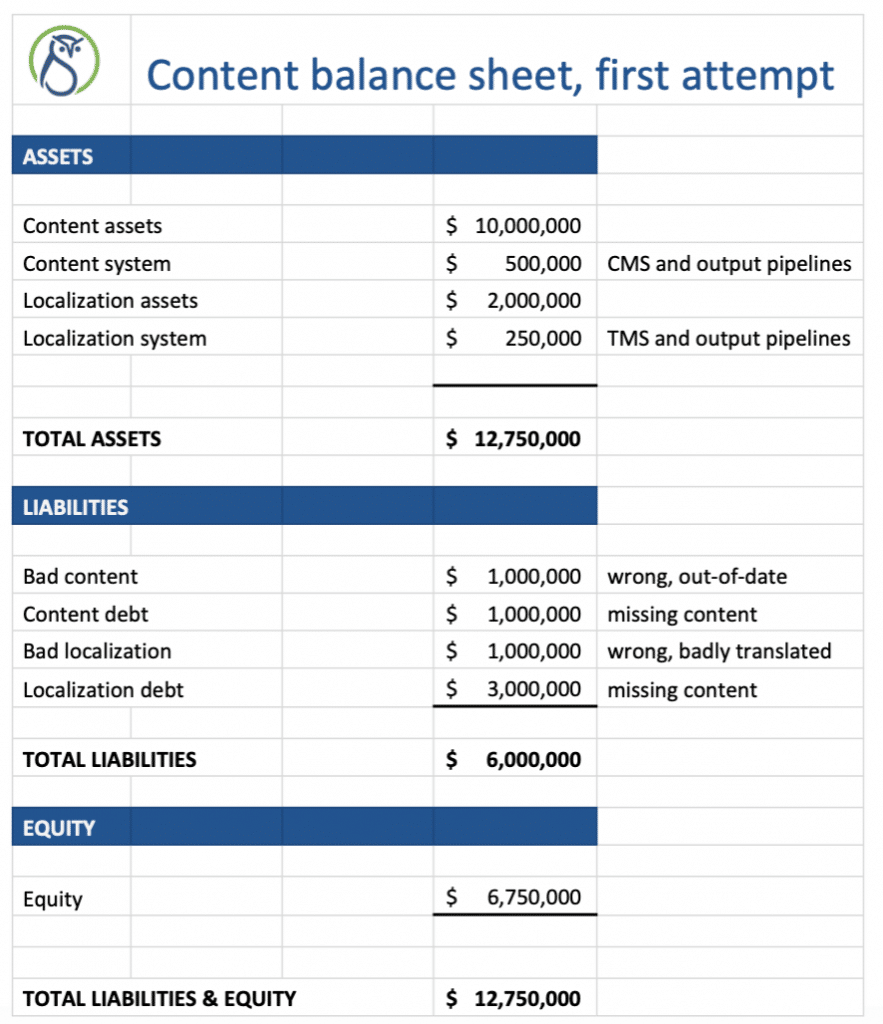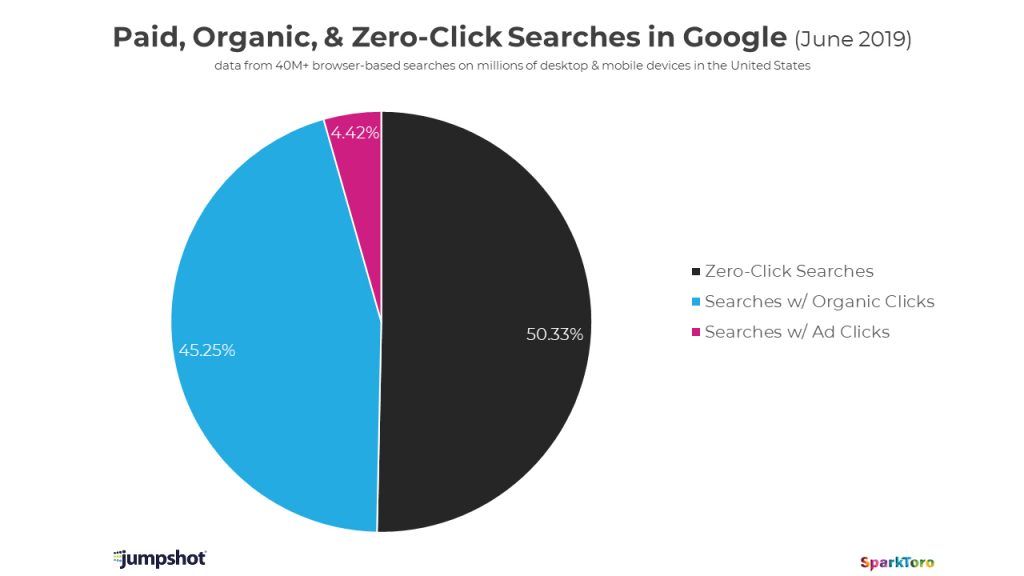Content accounting: calculating value of content in the enterprise
Sarah O’Keefe provides a guide for measuring the business value of content for companies of all sizes. Helpful for content professionals, project managers, and senior management. Includes a sample P&L and balance sheet. Justify your project. Read More
Content management on intranets: centralized, distributed, and hybrid models
This will be basic for many of you but is a clear and accessible description of the differences and the pros and cons of each model to share with non-specialist or non-technical colleagues. Read More
Google vs EU pubs and Facebook’s new trick
Frederic Filloux looks at the state of the complicated dance among EU publishers, Google, and Facebook in light of the recent announcements and motivations of each of them, and some research on news search behavior. A good read. Read More
The key to millions: enterprise search?
Steve Arnold dishes out a dose of reality in his inimitable slightly snarky way on the realities of the enterprise search market. Read More
Also…
- Current approaches don’t scale, and it’s not a technical problem… Subscription Friction via Tim Bray
- Wonder why text editors are sometimes funky? Why software is hard?… Text editing hates you too via Lord i/o
- How consent notices are doing IRL… (Un)informed Consent: Studying GDPR Consent Notices in the Field (academic PDF) via arxiv.org
- Is Apple Is Trying to Kill Web Technology? well that seems a bit strong. via OneZero
The Gilbane Advisor curates content for content, computing, and digital experience professionals. We focus on strategic technologies. We publish more or less twice a month except for August and December.




